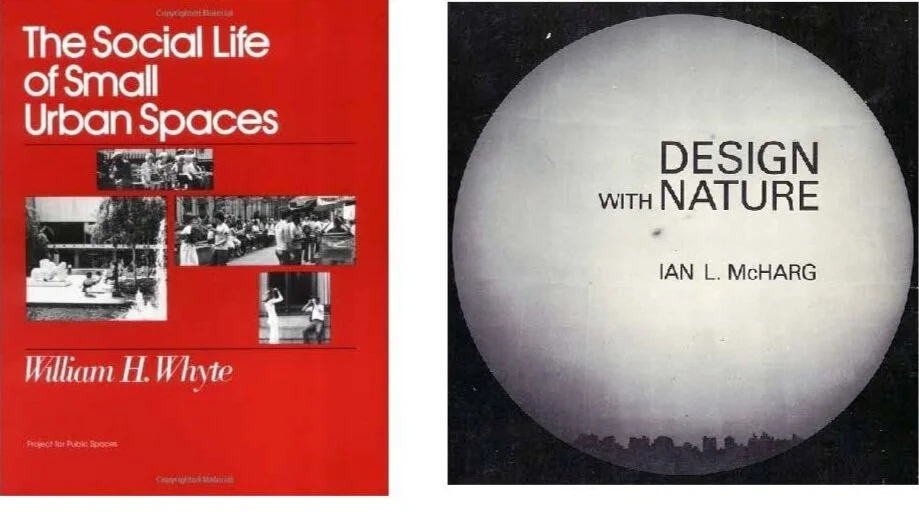
Mapping Anthropological Data
Data mapping is a critical part of ensuring heterogeneity within social systems are defined and documented because without documenting these systems we fail to hold ourselves accountable to the ethical responsibility of designing public space for people.
Mapping Social, Cultural & Linguistic Data Points
From Design with Nature from Ian McHarg to The Social Life of Public Spaces by William H. Whyte, our understanding of complex human systems is barely visible in our design documentation as designers of public spaces. Often we rely on community engagement meetings with predefined agendas to justify our understanding of the complex, social, cultural and linguistic mechanism. It’s time to go beyond postcards and sticky note exercises and leverage the latest technology to help us document and visualize anthropological systems.
Visualizing Data
Using open source mapping tools that illustrate and define the complex human systems that depict space. To understand how the everyday urbanism of a community defines a design vernacular. And to explore visualization such as this collage created by Mel Isidor that portrays the inherent beauty defined by a community. Digital representation matters!
Collage created by Mel Isidor for A Voice at The Table Research


